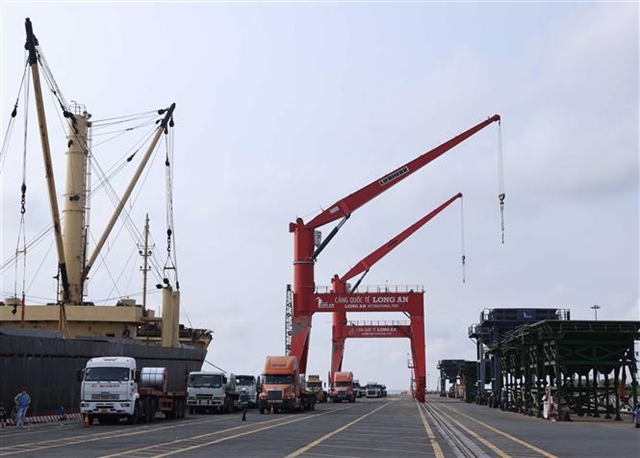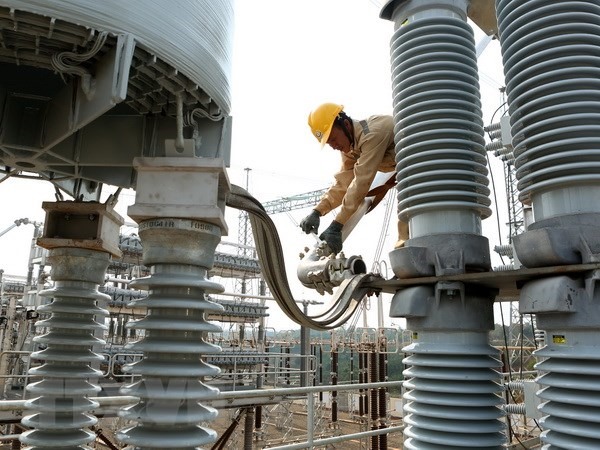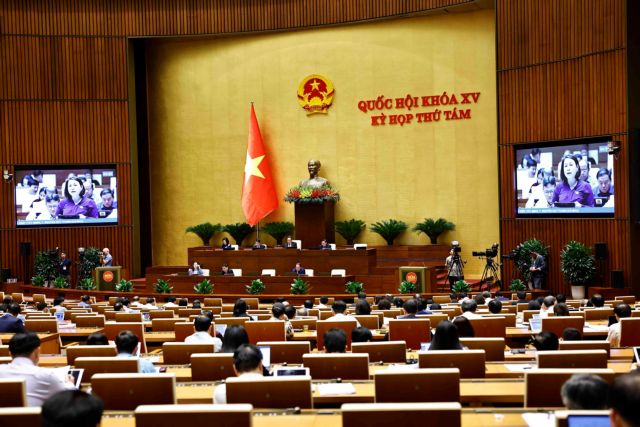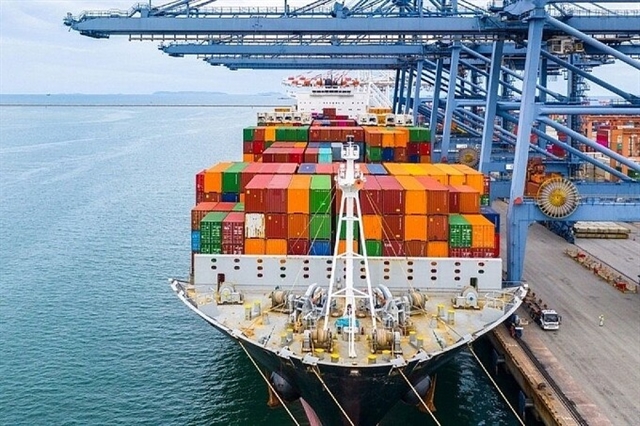 Economy
Economy

Though the Government plans to increase its renewable energy capacity, Việt Nam’s power industry is forecast to see a rise in coal-powered generation as the cheap and reliable source remains the most feasible option to meet the country’s rapidly rising power demands.
 |
| Energy demands in Việt Nam are rising sharply, given the country’s expansion in production and consumption. - VNA/VNS Photo |
Thu Hà
HÀ NỘI – Though the Government plans to increase its renewable energy capacity, Việt Nam’s power industry is forecast to see a rise in coal-powered generation as the cheap and reliable source remains the most feasible option to meet the country’s rapidly rising power demands.
According to Daine Loh, power and renewables analyst of Fitch Group’s Fitch Solutions Macro Research, Việt Nam’s coal-powered generation growth is expected to increase rapidly over the next decade and dominate the country’s power sector expansion.
“While the Government also intends to increase LNG imports and non-hydro renewable energy generation capacity, coal would remain the more attractive option over the next decade as it is cheaper and more reliable at present. As such, we forecast that coal generation will reach 50.5 per cent of the total consumption power mix by 2028, with gas at 22.5 per cent, hydropower at 22.8 per cent and non-hydro renewables at 3.8 per cent,” Loh told Việt Nam News.
“This is due to relatively slow supply growth from traditional sources of energy such as hydropower and natural gas, with the Government set to turn to coal to meet the surge in demand for power,” he explained.
According to Loh, traditionally, Viet Nam has relied on hydropower and natural gas for its power generation, but there are several obstacles to see continued growth in these two sectors.
Firstly, hydropower potential has already been almost fully exploited at present. Furthermore, recent droughts and decreasing water supplies highlight the threats facing Viet Nam’s hydropower generation output reliability.
Secondly, domestic gas reserves are depleting and will not sustain a substantial ramp-up in gas power generation over the longer term, Loh said.
“As a result, we expect the Government to turn largely to coal power to meet Viet Nam’s increasing power demand, which stems in particular from an expanding industry and manufacturing sector, in order to support continued economic growth. Rapid urbanisation and Government efforts to up electrification levels to 100 per cent will further boost electricity consumption growth rates.”
Sharing the view, Trần Viết Ngãi, chairman of the Vietnam Energy Association, told Việt Nam News that coal-fired power would still play a key role in the country’s electricity industry next year.
“The ratio of coal-fired power will increase from the current 39 per cent to some 60 per cent,” he forecast.
Dr Nguyễn Cảnh Nam from the Vietnam Energy Association said with Vietnamese economic conditions, coal-fired power is still a good option.
"Considering the country’s domestic coal resources, the ability to import coal and the level of greenhouse gas emissions, it is necessary to develop coal-fired power because of its technical and economic feasibility," Nam told Việt Nam News, explaining while renewable energy from solar and wind is more costly, it can’t ensure consistent power.
“The ratio of Viet Nam’s coal-fired power is 39.1 per cent, the same as the global average. The rate is much higher in many other countries, such as 63 per cent in China, 61 per cent in Australia, 46 per cent in South Korea, 78 per cent in Poland and 87 per cent in South Africa,” Nam said, adding that coal-fired power output per capita in Viet Nam is also 793 kWh, much lower than the world’s average level of 1,290 kWh.
Tech needed
However, Nam said the development of coal-fired power must be cleaner to increase efficiency and reduce emissions through the use of more modern technologies.
Besides coal-fired power, Nam also noted the need to accelerate the development of electricity from other resources, especially renewable ones.
“For more sustained development, it is very important to change the country’s economic structure with an aim to reduce the share of power-intensive industries,” he stressed.
“In doing so, the demand for electricity decreases, which will reduce the pressure on the electricity supply. At that time, we can make long-term investments for clean and renewable energy,” Nam said.
Loh also warned that, over the longer term, there are downsides to coal-fired power growth due to increasing environmental concerns and rising coal prices.
“The Commodities Team of Fitch Solutions expects coal prices to increase due to a market deficit for coal over the next five years as global demand will exceed global supply,” he noted.
As a net coal importer since 2015, the rising cost of coal coupled with Viet Nam’s increasing dependence on coal imports will increase electricity generation costs. In the last few years, State-owned Vietnam Electricity (EVN) had been reporting losses due to electricity tariffs for coal-fired power – which are set by the government – having been too low to absorb the increasing costs of coal power generation.
Increasing concerns over pollution have led to a general pushback against coal. While Viet Nam has committed to reducing carbon emissions, there are limited practical alternatives for the government to meet the surge in power demand at present. In a scenario where the cost of alternative sources of power generation are comparable to that of coal power, Loh believes there would be a shift in government strategy that would seek to curb coal power growth and focus on alternatives.
However, a substantial shift in the Government’s strategy is likely to occur only beyond the next decade as Viet Nam is only just starting to develop its grid infrastructure to facilitate renewable energy and building its first LNG terminal to increase natural gas imports, according to Loh. – VNS









